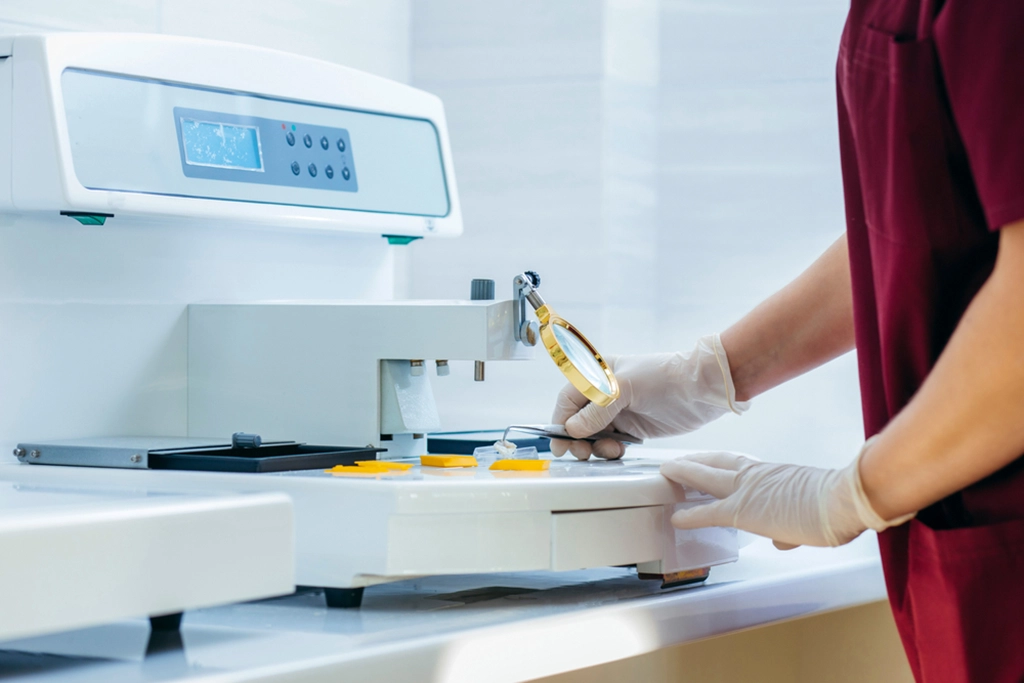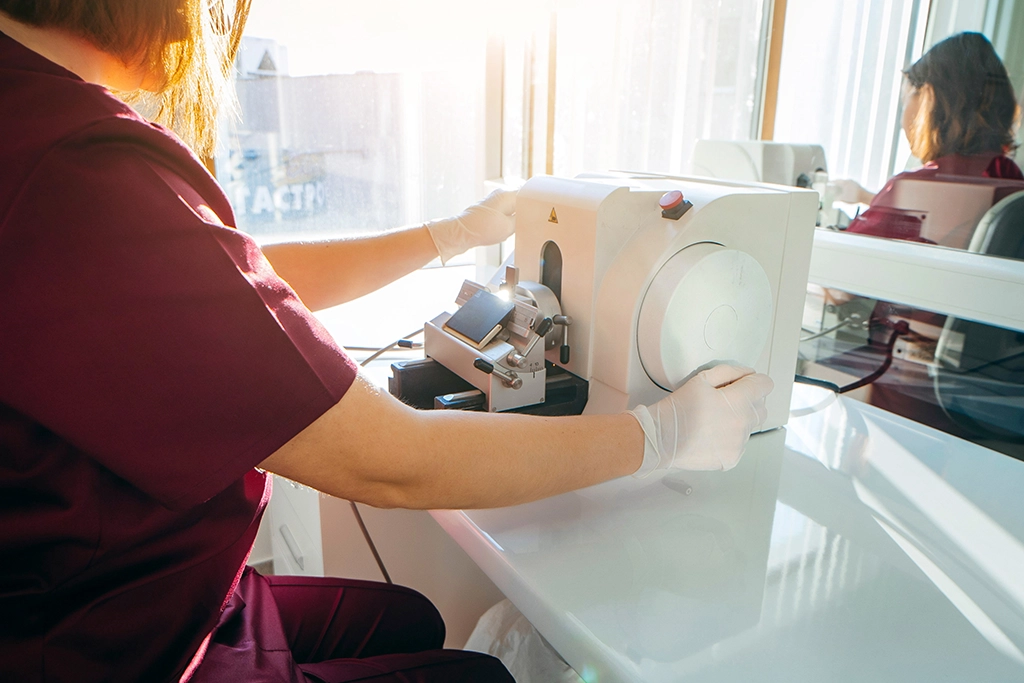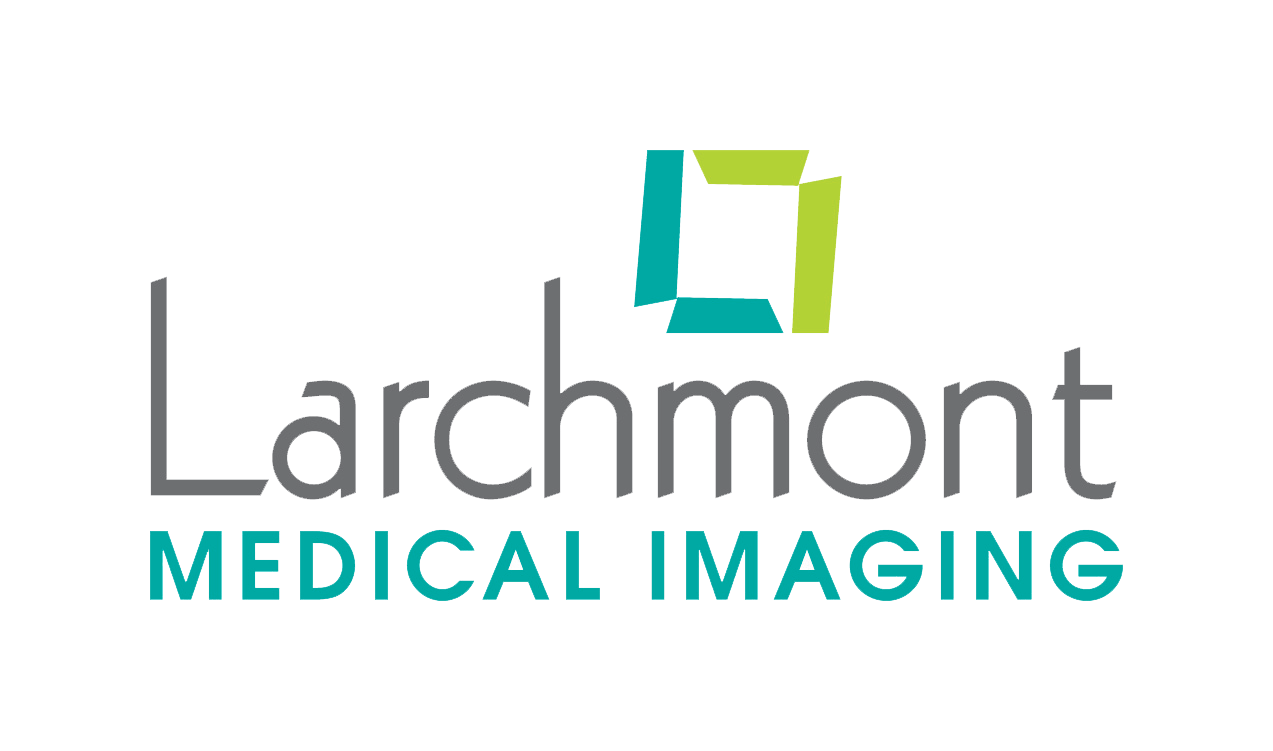A breast biopsy is a minimally invasive study where a small tissue sample is taken during a breast imaging study such as a 3D mammogram, breast MRI, or breast ultrasound. A breast biopsy can provide more information about a specific area of the breast and rule out certain abnormalities. A breast biopsy is an advanced imaging study that can confirm a diagnosis by a radiologist.
Breast Biopsy


What are the different types of Breast Biopsies?
Larchmont Medical Imaging offers three different types of breast biopsies to uncover key insights about your breast health.
- Ultrasound-Guided Breast Biopsy: Performed when the area that needs to be further studied was found on an ultrasound. During the study, you will lie on your back and turn slightly to the side. Our radiologist will use the ultrasound transducer to locate the area and inject a local anesthetic to ensure your comfort. Then, our radiologist will insert a needle through a small incision in the skin and retrieve a breast tissue sample.
- Stereotactic Breast Biopsy: Performed by either lying down on a specialized table or sitting upright in a chair depending on which office you are at. Your breast will be positioned with slight compression applied, similar to a mammogram. Our radiologist will administer a local anesthetic to ensure you are comfortable before inserting the needle through a small incision.
- MR-Guided Breast Biopsy: Administered to the breast to ensure you are comfortable during the study. Contrast material is given intravenously or orally to highlight the area being examined. You will lie on your stomach, and your breasts will be positioned into a cushioned opening containing a special-breast imaging coil. Using AI computer software, our radiologist will determine the position and depth of the area for the breast biopsy. Then, a needle is inserted through a small incision in the skin to retrieve a breast tissue sample for further evaluation.
Our Breast Biopsy Locations
Larchmont Imaging offers breast biopsy services across 4 of our office locations. Each one of our office locations offers same-day and next-day appointment options with many offices offering evening and weekend hours to meet your busy schedule. Get the compassionate and comprehensive care you need fast.

Frequently Asked Questions
A breast biopsy is performed on a patient when the radiologist identifies an area of concern through a 3D mammogram, breast MRI, or breast ultrasound. A breast biopsy allows the retrieval of a small sample of tissue in order to further investigate the absence or presence of a medical condition.
A breast biopsy can be an emotional and stressful appearance for patients. More than 80% of all breast abnormalities are found to be non-cancerous. More often than not, a breast biopsy provides patients with peace of mind moving forward. At Larchmont Medical Imaging, our board-certified, subspecialized radiologists and technologists are trained to make this study as comfortable and quick as possible, so that all the answers you need are found.
Before any type of breast biopsy, it is important to follow these preparation guidelines.
- Avoid eating a large meal within three hours of your appointment.
- Do not take aspirin or ibuprofen for 5-7 days prior to your breast biopsy, and please inform your staff if you are taking any medication that could thin your blood.
- Wear comfortable and supportive clothing. Avoid wearing clothing that is a single piece and any metal accessories such as jewelry.
- Please arrive 15 minutes before your appointment.
If you suffer from anxiety or claustrophobia, please reach out to your referring physician. A mild sedative is permitted on the day of your appointment if approved by your referring physician.
The breast tissue samples are sent to a lab where they will be analyzed by a pathologist to confirm a diagnosis. Your referring physician and Larchmont Medical Imaging will receive pathology reports. On average, you will be notified between 3 – 5 days after your appointment.
Larchmont Medical Imaging is in-network with 99% of health insurance providers. Our patient service representatives will work with your health insurance provider and you to ensure all requirements are discussed so the best course of action is taken. If you have questions or concerns regarding your insurance coverage, please reach out to your health insurance provider
